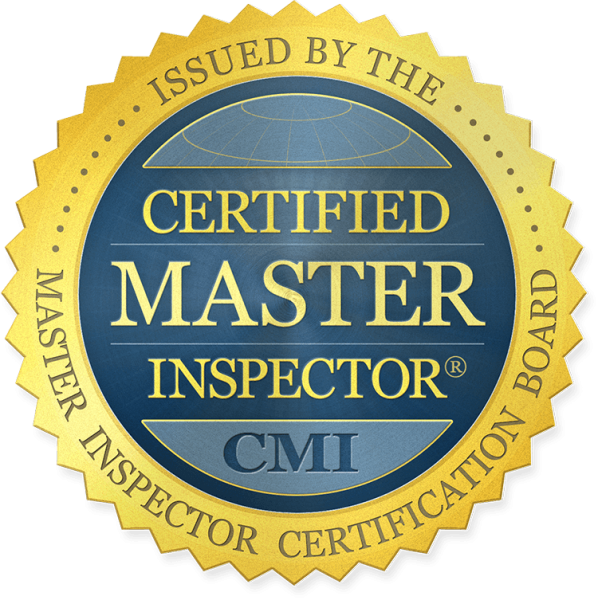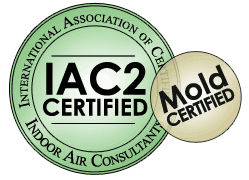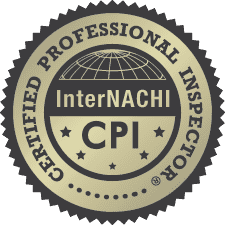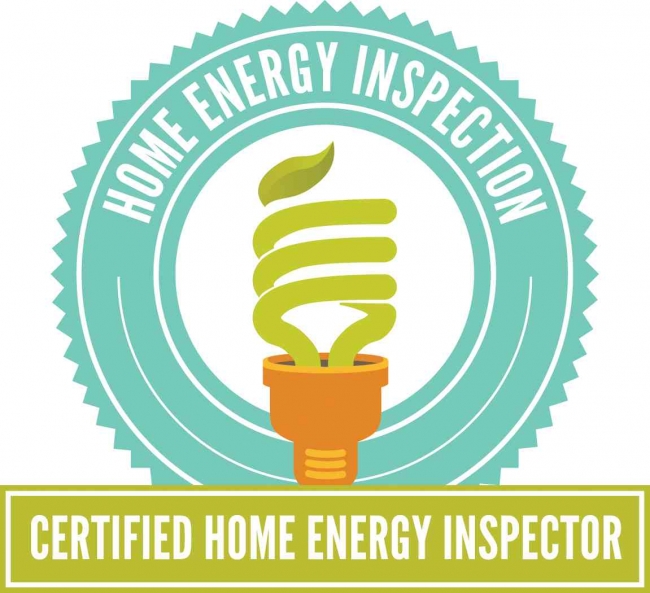Some Common Facts About Mold
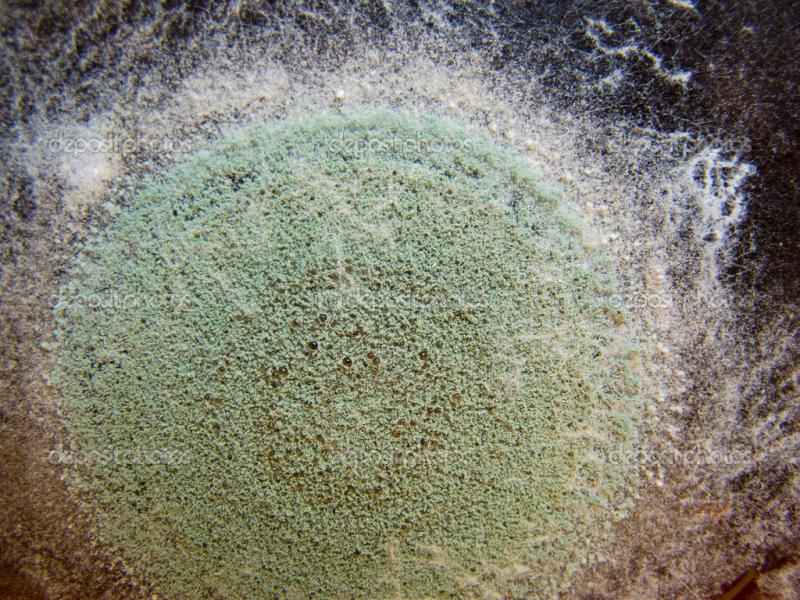
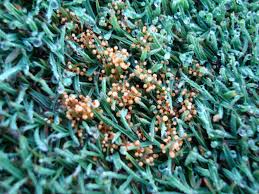
Some Common Facts about Mold
Many times during a Home Inspection in Charleston, the subject of mold will come up, especially if it is suspected by smell, or seen during the home inspection. This leads to some legitimate concerns and questions by my clients. Since I also perform Mold Inspections, I like to give my clients some facts. Here I will try to give a condensed version of some popular questions and answers:
What is mold? Mold is not plant, animal or mineral. It is in its own unique class-fungi. Mold is virtually everywhere. It is all around us, in the form of tiny particles, known as spores. In nature, mold breaks down dead material, and lives and spreads on wood, soil, plants, and other materials.
What is causing mold in my house? The only things needed for mold growth are food, surface, and moisture. It is not picky about where it will grow. It will use a glass window as a surface, a little dust for food, and condensation on the glass for moisture. Bam! It has everything it needs to thrive. A slow dripping drain on your kitchen sink cabinet floor is a suitable place. Other sources can be flooding from outdoor storm drains, high indoor humidity, house plants, and any plumbing leak.
Is mold bad for my health? Maybe, maybe not. No conclusive evidence has been found to link mold directly to causing an illness. This has been a controversial, continuing debate for years. However, if mold is allowed to grow indoors, increased levels of exposure can increase a person’s immune response, and cause potential health problems. It will also damage household goods and furnishings if allowed to grow. Mold needs to eat to live, and it is happy to eat your home if you let it.
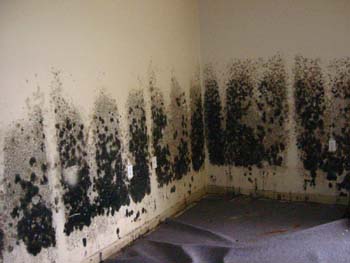
Is Black Mold deadly? This is by far the most common question, and the most misleading title. First, mold doesn’t have to be black to be toxic. Toxic mold can be green, orange, brown, yellow, or gray. Only a few molds carry “mycotoxins”, which can lead to breathing problems in people that are elderly, sick, babies, or have a weakened immune system, like HIV or chemotherapy patients. The proper name is Stachybotrys chartarum. Just because mold is black, doesn’t make it toxic. The moldy spaces between you shower tiles are black, but are typically not toxic.
Can I clean the mold up with bleach? Usually mold can be cleaned up with mild soap and water. Bleach is mostly ineffective, and dead mold can still pose health risks if you are exposed. If you want to use bleach, read the caution labels. DO NOT mix bleach with vinegar or other acidic solutions. It can produce deadly chlorine gas! If the mold area is less than 10 sq feet (3feet by 3 feet) it shouldn’t be too tough a job to handle. Larger areas may indicate an underlying problem and should be remediated by a professional.
Can I prevent mold growth? Yes you can, and pretty easily. Simply get rid of excessive moisture. Make sure bath and kitchens are vented to the exterior. Keep indoor humidity levels under 60%. Dry wet materials and carpets within 24 hours of getting wet. Do not put carpet in basements or bathrooms. Repair those dripping water lines. As mentioned earlier, this is a condensed version of my complete mold story. To see the entire article, click HERE
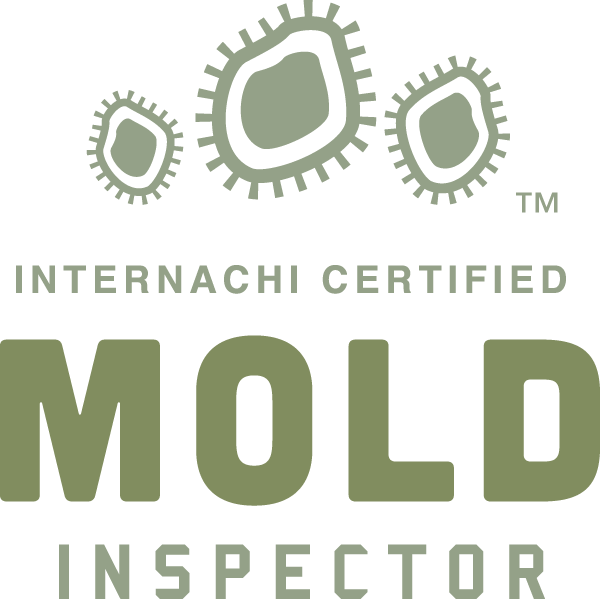
![]()

